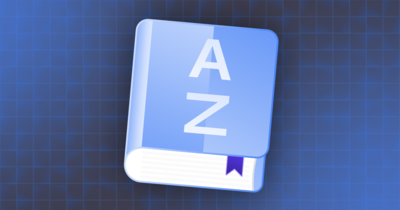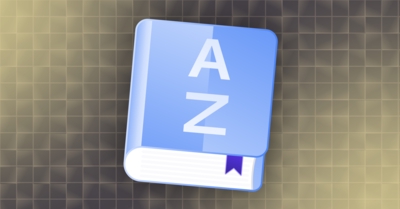Role-based access control (RBAC) is an identity and access management (IAM) control method for managing and granting user permissions based on an end user’s role within a team or organization.
RBAC is a simple and manageable approach to granting user access, providing controls that reduce cybersecurity risk by safeguarding sensitive data and preventing access-related breaches. By ensuring that individuals can only access entitlements necessary to carry out their job functions, RBAC can help implement the principle of least privilege access.
How does RBAC work?
The principle on which RBAC systems operate is straightforward. Each end user is assigned to one or more predefined roles. Based on those roles, end users are then granted access to certain systems and permissions.
Depending on the organization, teams may choose to determine levels of access based on role hierarchy or seniority. Senior members may have predetermined access to the set of permissions given to those beneath them; this is referred to as an inheritance model.
Other organizations may choose to use RBAC to help enforce separation of duties (SoD), which requires multiple individuals with different role assignments to be involved in order to carry out specific actions. This practice in combination with frequent assessments of access rights can help mitigate risk and protect sensitive information.
What are examples of RBAC?
The RBAC model helps companies ensure they only grant the access necessary for employees to carry out their job functions. By implementing RBAC, companies establish baselines they can monitor, and if an employee’s role changes, the company can easily modify the employee’s permissions based on their new role, adding or removing access as necessary, thereby improving operational efficiency without sacrificing security.
Examples of RBAC include granting access to various productivity and infrastructure tools based on the end user’s function within the organization:
- Individuals with software engineering roles may receive access to development and infrastructure tools such as Amazon Web Services (AWS), Microsoft Entra, Google Cloud Platform (GCP), and GitHub.
- Marketing-focused users may be granted access to content management systems (CMS), customer relationship management (CRM) tools such as HubSpot, and web analytics tools like Google Analytics.
- People in the Human Resources (HR) department may get access to HR management software such as BambooHR and Rippling.
Within the RBAC system, companies can also determine which users should have access to certain permissions based on hierarchy or more specific roles. These may include administrative, billing, primary (for system owner), and technical permissions.
Benefits of implementing RBAC
There are several provisioning methodologies organizations can choose to leverage depending on the use cases they wish to solve for. The RBAC model offers a more granular approach to IAM than approaches such as access control lists (ACL), while remaining simpler to implement than attribute-based access control (ABAC). RBAC provides simple yet effective governance that organizations can use as they scale.
The benefits of RBAC implementation include:
- Improved compliance: Using role hierarchies allows for better visibility into the permissions of individual users. Organizations can use this information to make access audits—which are required for adherence with federal and regulatory compliance standards such as GDPR and NIST—more efficient and effective.
- Separation of duties (SoD) enforcement: Separating access rights based on roles decreases the likelihood of fraud and error when sensitive actions, like critical financial and engineering tasks, are performed.
- Heightened security and data protection: RBAC follows the principle of least privilege access, one of the core tenets of zero trust. By limiting end user privileges to necessary resources required to carry out job functions, RBAC secures sensitive information and reduces the risk of data breaches.
- Improved operational efficiency: Implementing RBAC allows companies to enforce a repeatable and consistent system for authorizing permissions as opposed to individually configuring user access. In the scenario of employee status or role changes, teams can quickly adjust permissions to align with a new role without significant downtime for the end user.
Combining RBAC with automation for better access control
As a proven and successful solution, the RBAC system is often a go-to for companies of all sizes. It improves efficiency, enhances security, and is scalable as well.
However, companies should not stop here. As counterintuitive as it may sound, if poorly implemented, RBAC can lead to unnecessary and risky standing privileges. Teams should use the RBAC system as a foundation upon which to add automation to their access control workflows to mitigate instances of human error and further improve security and efficiency.
To learn how ConductorOne can help you implement RBAC and automate access controls, check out our product tour, or chat with us!


